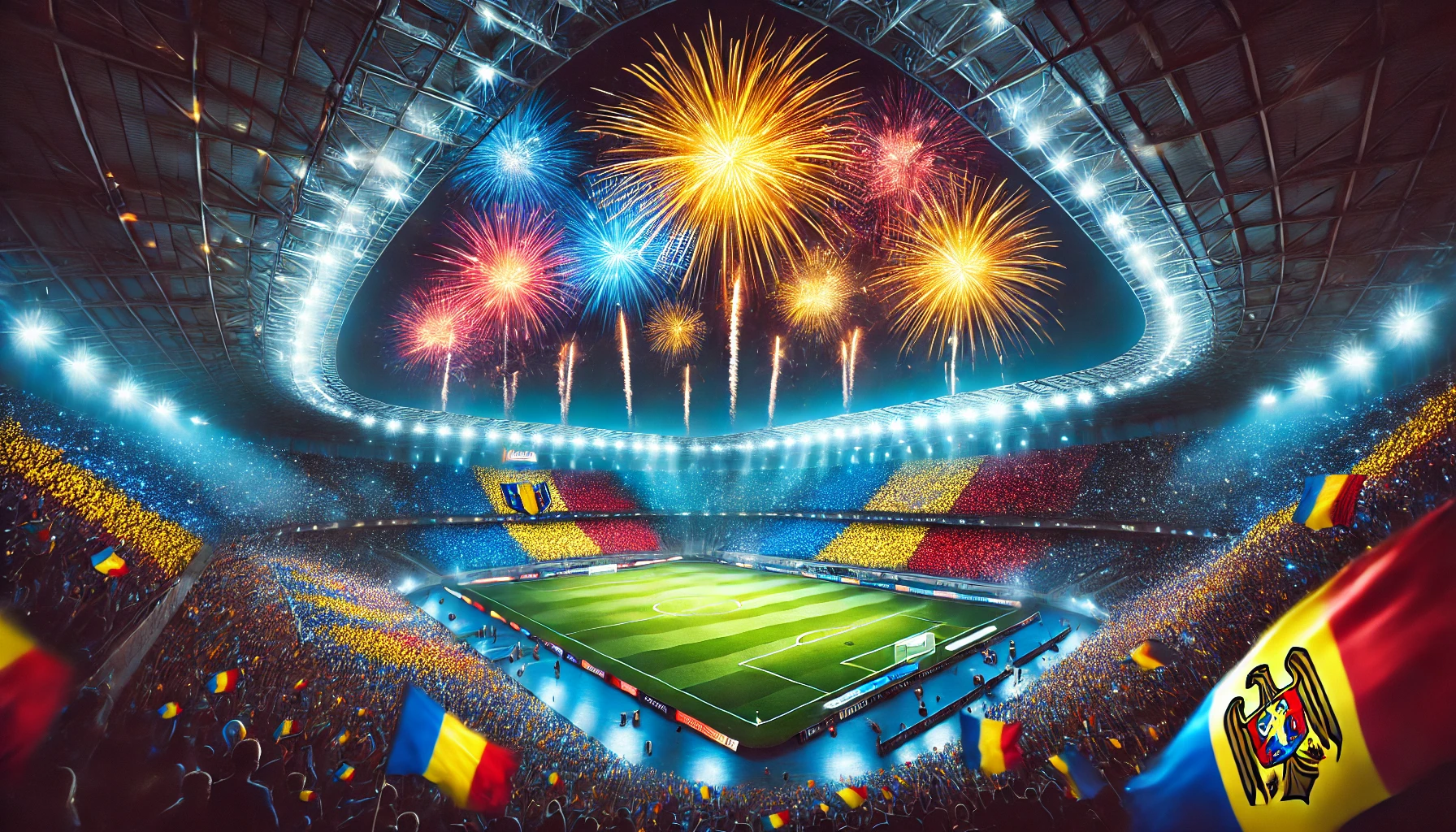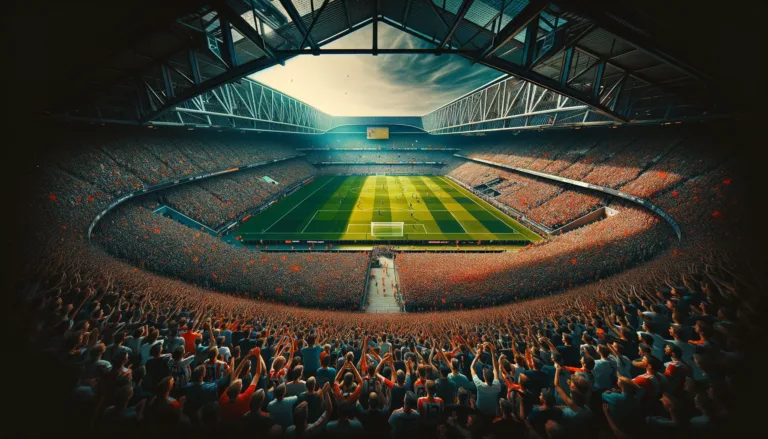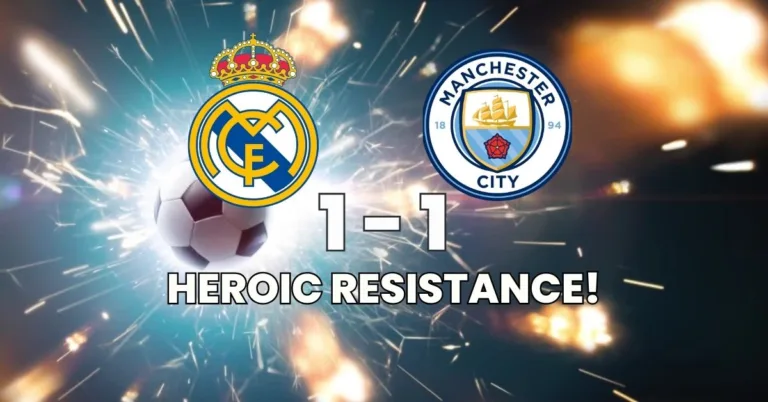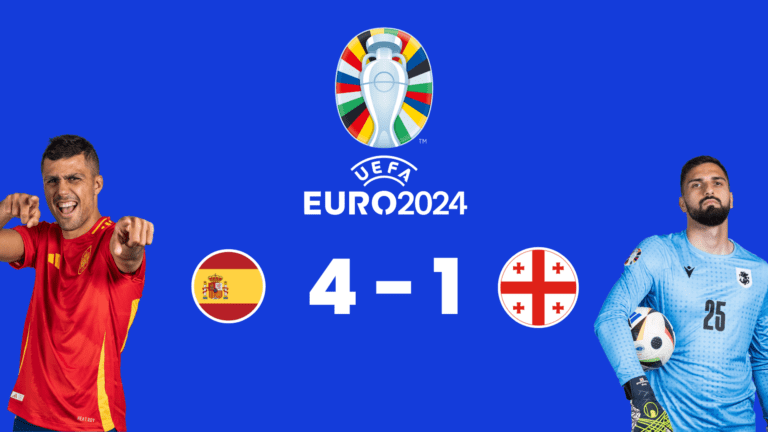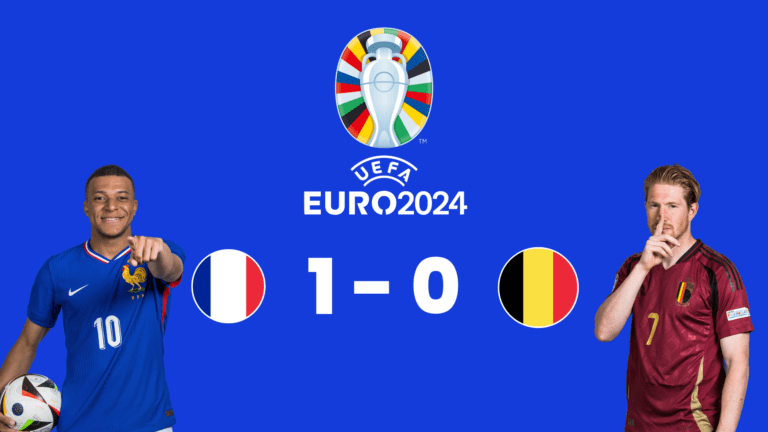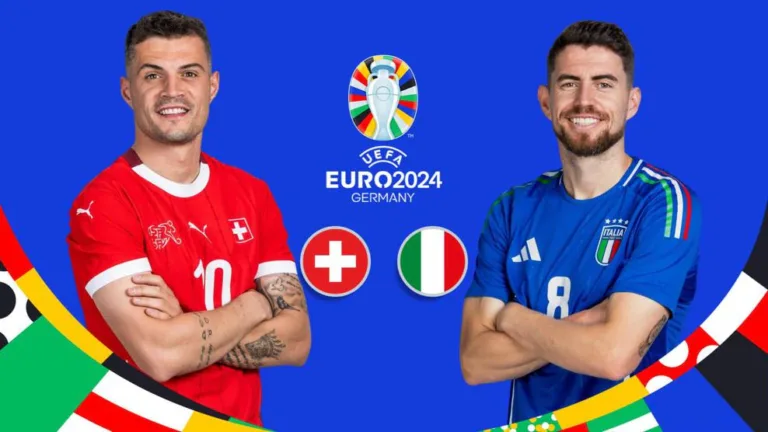Match Report and Analysis: Romania – Slovakia (1-1) Euro 2024
Slovakia and Romania faced off in a decisive match in Group E of the European Championship. With a 1-1 result, both teams advanced to the knockout stages: Romania won the group, and Slovakia progressed as one of the best third-placed teams. After this stage, all teams in Group E finished with 4 points, with goal difference determining the final standings.
Starting Lineups
Edward Iordănescu made two changes compared to the defeat against Belgium, on the wings: Hagi and Coman were included in the starting lineup, replacing Man and Mihăilă, who started on the bench.
For Slovakia, Francesco Calzona made only one change from the team that played against Ukraine, with Strelec replacing Boženík in the attack. Schranz, who scored Slovakia’s two goals in the tournament, continued to play on the right wing, while Haraslín occupied the left flank.
Goals and Emotions: Intense First Half between Slovakia and Romania
Despite numerous rumors before the match about an agreement between the two teams to end the game in a draw, both teams started with the intention of securing a victory.
The first significant moment came in the 11th minute when Dubravka made a save on Rațiu’s shot, keeping the score level. Slovakia took the lead in the 24th minute when Ondrej Duda headed in a cross from Juraj Kucka. Romania continued to press, and in the 36th minute, Ianis Hagi was fouled in the box by David Hancko. The referee awarded a penalty, which Răzvan Marin confidently converted, placing it precisely in the top left corner.
Slovakia had nine shots in the first half, the highest number of shots in the first half of their 14 matches in major tournaments. Despite many dangerous actions on the wings, their finishing was lacking, except for the goal, of course. Schranz had only nine touches, being disconnected from the game.
Romania had more effective possession, with an XG of 1.09. Despite moments of hesitation in defense, they managed to recover after conceding and equalized through Marin’s penalty. Both teams entered halftime with the score tied at 1-1.
Possession was balanced, with Slovakia having 52% and Romania 48%. Slovakia had 9 shots, 3 on target, while Romania had 7 shots, 4 on target.
No Goals in the Second Half: Romania and Slovakia Share the Points
In the second half, both teams tried to secure a victory. Slovakia had several important chances, but Florin Niță was having another great performance, saving dangerous shots from Strelec and Suslov. Romania responded through Dennis Man and George Pușcaș, but Dubravka was also unbeatable in the Slovak goal.
Several player substitutions were made during the second half. In the 66th minute, Hagi was replaced by Dennis Man, and Drăguș was substituted by George Pușcaș. Slovakia also brought on Robert Boženík for David Strelec, trying to inject more energy into their attack.
Despite both teams having some chances, the score remained unchanged. In the 90+2 minute, veteran Peter Pekarík was replaced by Norbert Gyömbér, and Matus Bero came on for Ondrej Duda, who suffered a cramp and received a yellow card.
Relevant statistics from the second half show that Romania had slightly superior possession and more shots on goal, but both teams had to settle for a draw. The match ended with a score of 1-1, a result that ensured both teams’ qualification for the knockout stages of the competition.
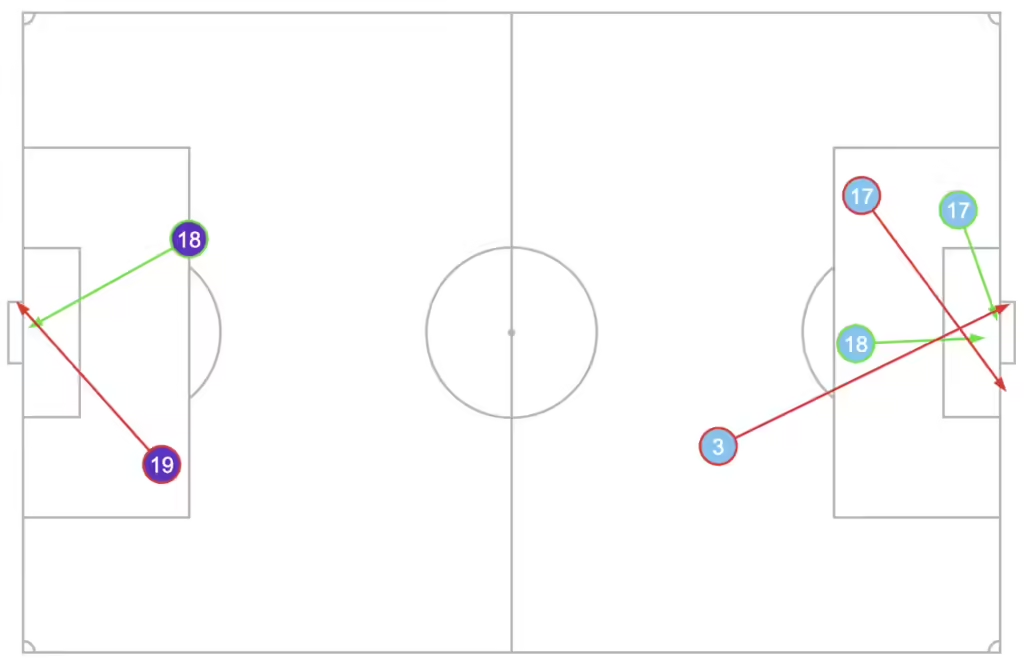
Going Wide: Edward Iordănescu’s Mantra
One of the tactical reasons observed in Romania’s group stage matches was the emphasis on a very wide formation to cover the entire field. Romania heavily focused on the flanks in this match, with Nicușor Bancu and Andrei Rațiu pushing high up and constantly pairing with Ianis Hagi and Florinel Coman.
On the defensive phase, the same strategy was repeated, with Florinel Coman and Ianis Hagi dropping back to support the full-backs. Looking at the average player positions on the field, we see that the two wide midfielders were positioned very close to the two full-backs, demonstrating that they worked in unison in both defense and offense.
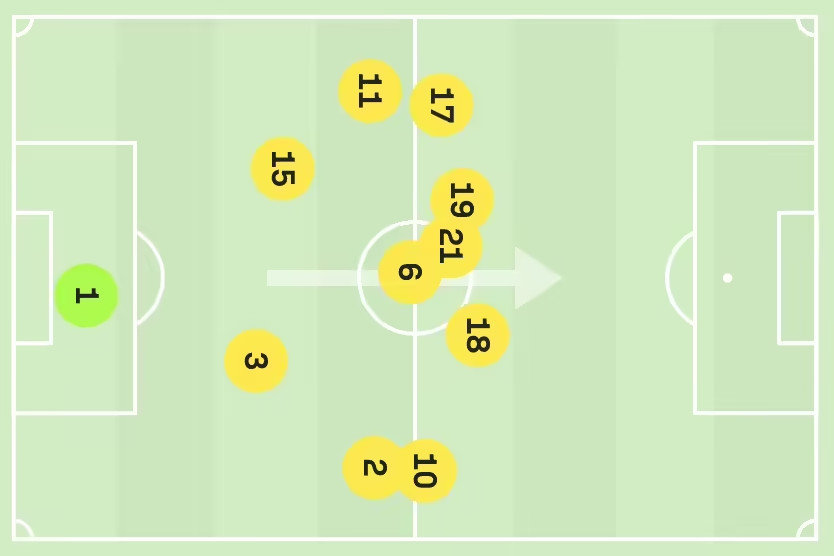
This became even more obvious with the introduction of Deian Sorescu, who dropped deep on the defensive phase, sometimes giving the impression that Romania was defending with a back line of five, with Nicușor Bancu, Radu Drăgușin, and Andrei Burcă acting as three central defenders.
In the offensive phase, Romania’s most dangerous attacks also came from the flanks, whether it was the penalty won by Ianis Hagi, or Florinel Coman and Nicușor Bancu drawing the defense deep into the left flank and passing the ball to Stanciu for a long-range shot. Romania placed great emphasis on exploiting the wings.
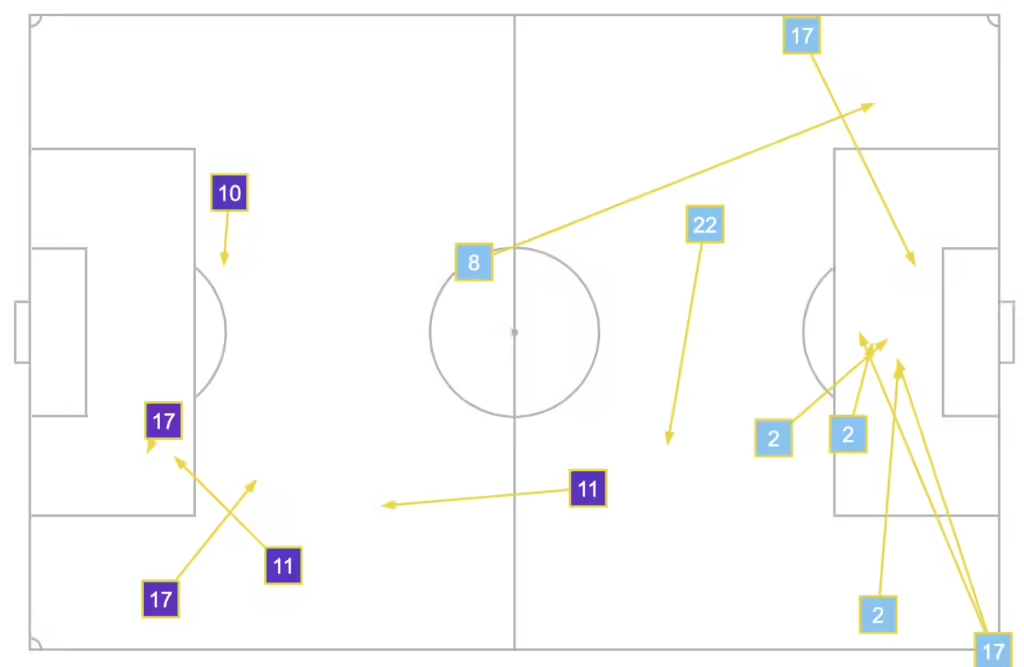
Ianis Hagi performed well on Romania’s right wing, particularly in the number of duels he was involved in. He was often the target of Niță’s clearances or vertical passes and frequently managed to impose himself against the Slovak defense.
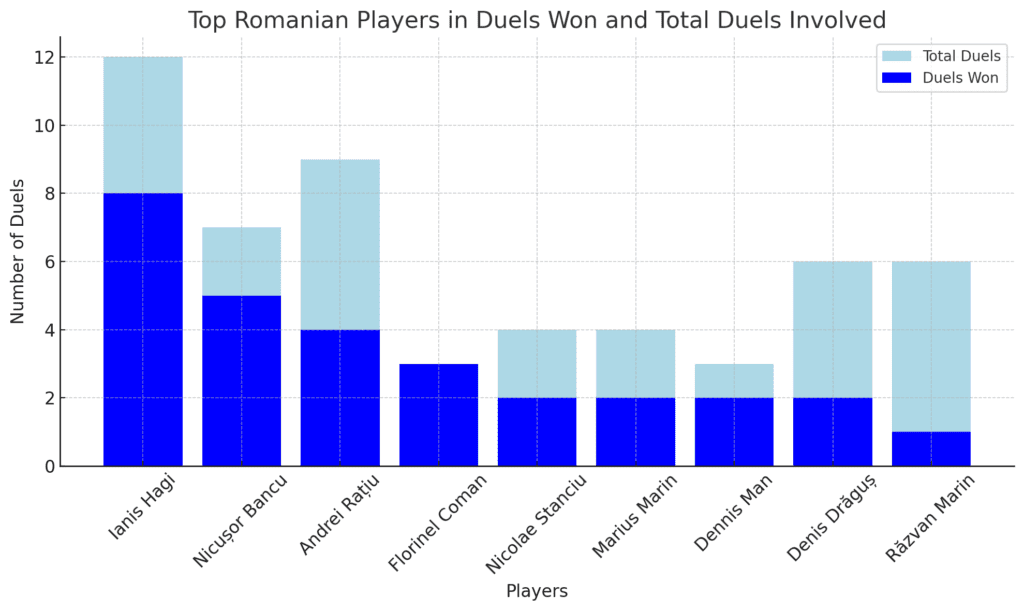
Romania Alters the Defensive Structure
In the other group matches, Romania adopted a 4-1-4-1 defensive formation, with the defensive and midfield lines quite spaced out, and Marius Marin patrolling between the lines to mark midfielders positioned between them.
This time, Romania adopted a more compact defensive formation, with a “mid-block” structure. The defensive line of four defenders took a more compact position, closer to the midfield line. Additionally, Romania sometimes defended in a classic 4-4-2 system, with Stanciu and Drăguș as forwards, while Marius Marin dropped into line with Ianis Hagi, Răzvan Marin, and Florinel Coman.
Slovakia tried to counter this defensive structure with long diagonal passes to the flanks, drawing Romania’s defensive shape towards the possession side. At that moment, either David Hancko or Peter Pekarik would sprint down the wings to receive the diagonal pass in the open area. This tactic was evident in the goal sequence, where Pekarik was launched down the left flank, ended up in a one-on-one situation with Florinel Coman, and Juraj Kucka capitalized on the space left behind to deliver a perfect cross for Ondrej Duda.
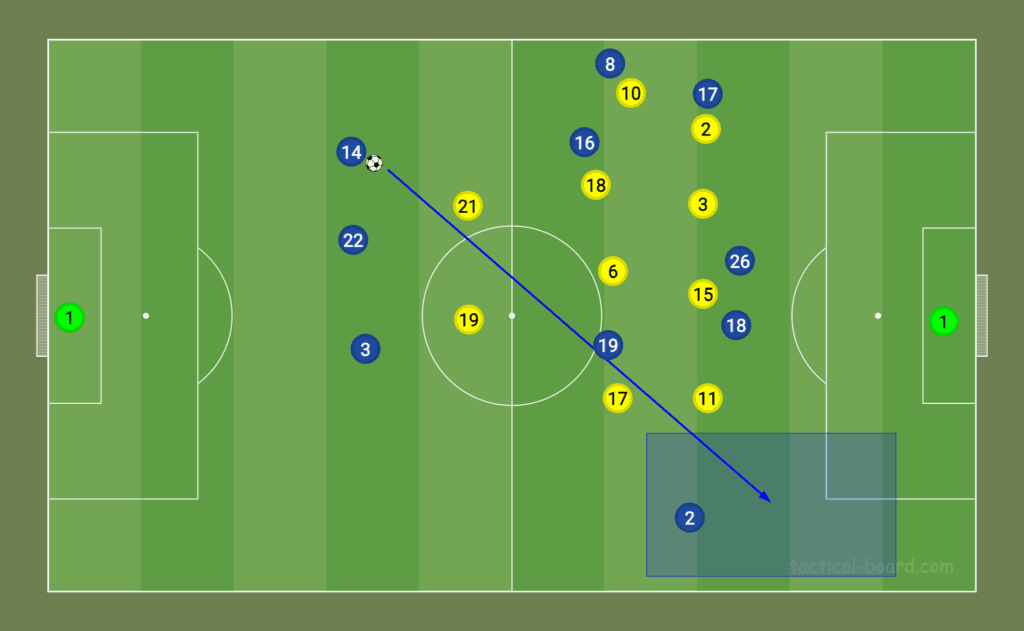
Romania’s Main Issue After This Match
One of the problems Romania will need to address for the next match is the absence of Nicușor Bancu. He received a yellow card in the 45+4 minute and will miss the game against the Netherlands. The issue arises because Iordănescu has no other natural option for the left-back position.
Bancu has performed very well in the last two matches for the Romanian national team. In this match, Nicușor Bancu won 5 out of 7 duels he was involved in, had a passing accuracy of 80%, which is 10 percent higher than the team average, and created several dangerous plays. Notably, in the 43rd minute, Nicușor Bancu recovered the ball in midfield and sent a great pass to Denis Drăguș in depth. He then continued his run and moved into the open space well, but Denis Drăguș chose to shoot, with his attempt missing the target.
Conclusions
The match between Slovakia and Romania ended in a 1-1 draw, a result that allowed both teams to advance to the knockout stages of the European Championship. The game was balanced, with Slovakia opening the scoring through Ondrej Duda in the 24th minute, followed by Romania’s equalizer from Răzvan Marin’s penalty in the 36th minute.
It’s rare to see a football match where both teams celebrate with their fans at the end. With this result, Romania achieves a historic milestone, advancing past the group stage of an international tournament for the first time since Euro 2000. Slovakia also progresses past the group stage for the third time in their last four appearances at the Euros or World Cup. Consequently, Romania will face the Netherlands in the round of 16, while Slovakia will prepare intensively to meet England.

